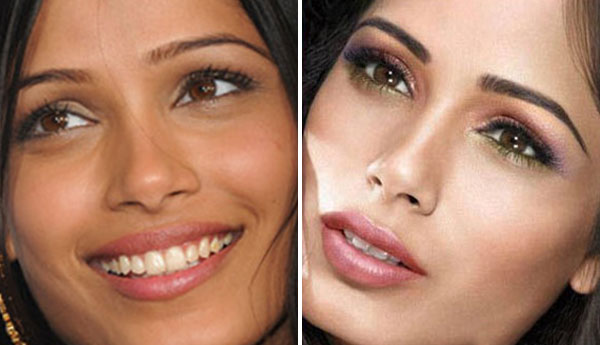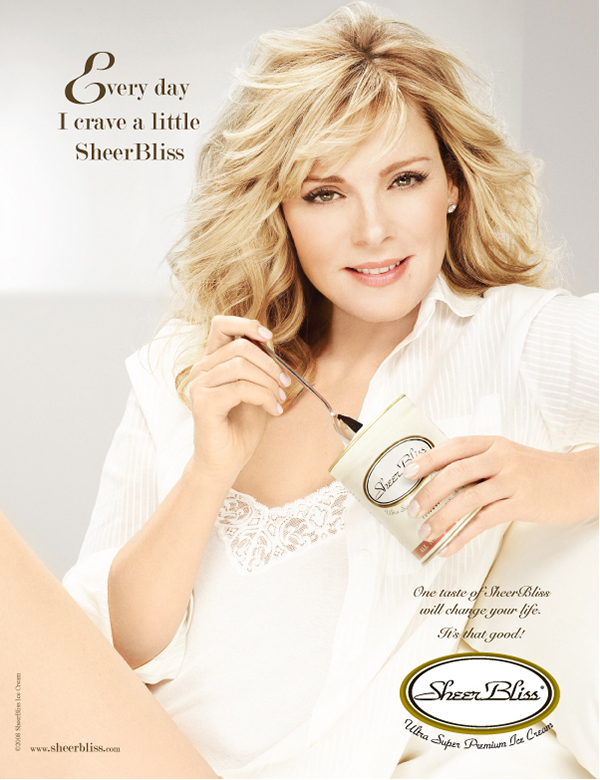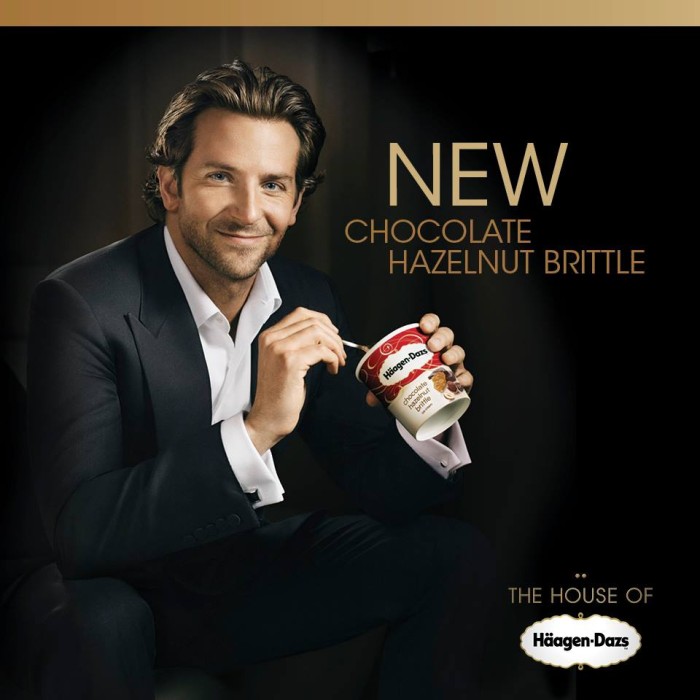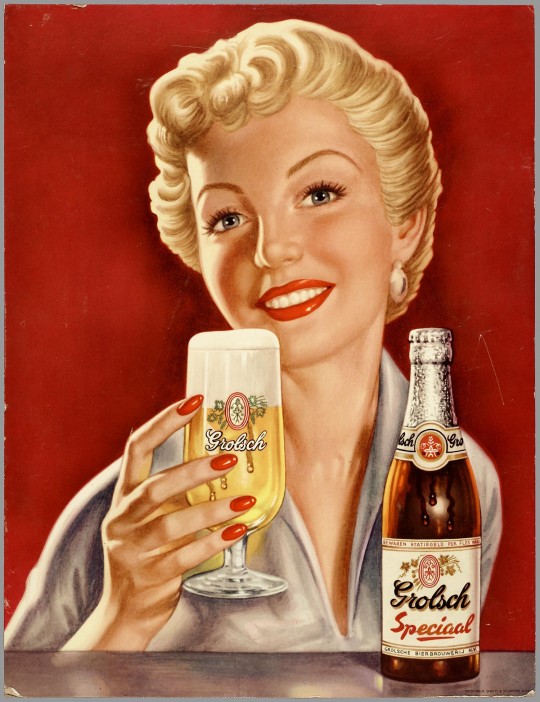Advertising has a huge impact on consumers, selling both a product as well as the insecurity to the potential buyer that this is a thing they need. Basically, ads are akin to backhanded compliments. You think you’re looking at something pleasant until suddenly you’re hit with knowledge that you’re not because the picture is showing you all you aren't. “Advertising sells much more than products; it sells values and cultural representations, such as sex and sexuality, as we have seen.” (Cortese, 45) When ads are giving you direction in life, indicating how to act/look/etc, that takes away our agency and ability to trust what we believe is right for us.
One of the most stigmatic cultural representations is a woman’s role in the world. We are expected to be sweet and innocent yet perfectly made up to the nines and just a little wild but not too much that it would shock anyone. And ads represent this by showcasing not even a full dimension of a woman and saying “This is what you shall attain to be like.”
Just look at this photo featuring a woman (a tall blonde) who is well known for playing a very sexual woman, dress her up in white yet sexy librarian-esque clothes, with neutral make-up, a coy smile on her face and voila everyone, this is your new look. Except not. Ani DiFranco sings, “32 flavors and then some” - this is just one flavor of who we can be. Good luck getting it every time.
So yes, advertising has its claws in society, wreaking capitalist havoc. Media focuses on specific items because the people who own that media company have other companies which need revenue. So it’s all full circle, a vicious one at that, dictating what society, specifically women, are in need of and then making sure that it’s something they can offer in spades - at a nice price. And one that will not be shared alone because women need to snag dudes, after all society told us we have to. “Although apologists for the advertising industry claim that advertising is predominantly informative, careful scrutiny of magazine, television, and other imagistic ads indicate that that it is overwhelmingly persuasive and symbolic and that its images not only attempt to sell the product by associating it with certain socially desirable qualities but they well as well a worldview, a lifestyle, and value system.” (127) Even a simple free tote bag from a Sephora event has a subconscious level to it. Look at the way the lipstick is shaped and placed - I don't think they could have made it more phallic if they tried. Subconsciously, it intensifies the need to run out and make ourselves look as beautiful as product possible because it’s a pretty color lipstick but also it looks like a dick and we should want both in our lives (preferably gaining the latter using the former).
 Ads for women seem to have come a long way. Gone are the awful and sexist ads from the 1950’s featuring women as meek and whose only purpose in life is to serve their man, even if they do it badly (which reiterates their need for a man in life to ‘take care of them’). Instead we have ads showing women as empowered, doing things on their own, because they want to. We’d like to think that the women’s movement has come that far. But analyzing the contemporary media does show a different story. “Though many writers have pointed out that women’s magazines reflect historical change, fewer examine how part of their job is to determine historical change as well.” (Wolf, 64) So even though decades apart, how different are these two ads, really? Again, all they show is the role of women is to serve men as well as look as appealing as possible (depending on the era of course) while doing so.
Ads for women seem to have come a long way. Gone are the awful and sexist ads from the 1950’s featuring women as meek and whose only purpose in life is to serve their man, even if they do it badly (which reiterates their need for a man in life to ‘take care of them’). Instead we have ads showing women as empowered, doing things on their own, because they want to. We’d like to think that the women’s movement has come that far. But analyzing the contemporary media does show a different story. “Though many writers have pointed out that women’s magazines reflect historical change, fewer examine how part of their job is to determine historical change as well.” (Wolf, 64) So even though decades apart, how different are these two ads, really? Again, all they show is the role of women is to serve men as well as look as appealing as possible (depending on the era of course) while doing so.
Something widely noticeable in most of the ads so far is the abundance of white people. It is so hard for People, especially Women, of Color to get equal representation in ads. “Indeed the ad world often creates black and Hispanic ads only for black and Hispanic media. In an expect parallel of the fear that marketing a product to women will endanger its appeal to men, the response is usually, “But your (white) readers won’t identify.” (Steinem, 118) PoC absolutely do view mainstream ads, what is the justification for how are they supposed to identify with the white models? Do they stay away from purchasing from where they don’t see people like them being able to buy those products? Or do they buy them and feel like they don’t belong? Where do they fit in without representation? Either way it seems like somebody is still being alienated instead of being treated equally and put on the same platform.
An additional problem that comes up is using photoshop to lighten the skin. Editing photos has become the norm for magazine pictures but to lighten the skin of a PoC to make them more appealing is reprehensible. Photos of Freida Pinto and Kerry Washington over the last couple of years have had mass negative reactions. In Washington’s case, the magazine claims it was the lighting but it’s still a little suspect.
 |
| I mean, her skin tone is noticeably different |
So what do we do? Part of it is to simply keep talking. Make it a part of conversation, don’t allow words to be easily dismissed. Take back what we as women represent and own it. People want to “ban bossy” but it doesn't feel like the right thing to do. We need to take it back, all the negatives, and make it into something positive. It’s another misguided attempt to change our vernacular and behavior. Look, bitches get stuff done and so do the bossy girls. But additional to keep the conversation up, taking action and forcing change. And sometimes we succeed. A recent petition to have the Chicago Blackhawks stop playing “The Stripper” during a ‘shoot the puck’ contest (during every home game’s 2nd intermission) actually worked. This is a huge deal, one that was met by dismay from many male fans, but it’s a step in the right direction. Not ever letting the door shut on a conversation where women feel uncomfortable is important. And continuing to dissect ads (as well as other forms for media) and call them out for their sexist and racist undertones will hopefully clear the path. Maybe we can’t expect change overnight but that’s no reason to not push for it.
Anthony Cortese, Constructed Bodies, Deconstructing Ads Sexism in Advertising
Douglas Kellner, Reading Images Critically
Naomi Wolf, Culture from the Beauty Myth
Gloria Steinem, Sex, Lies & Advertising




No comments:
Post a Comment